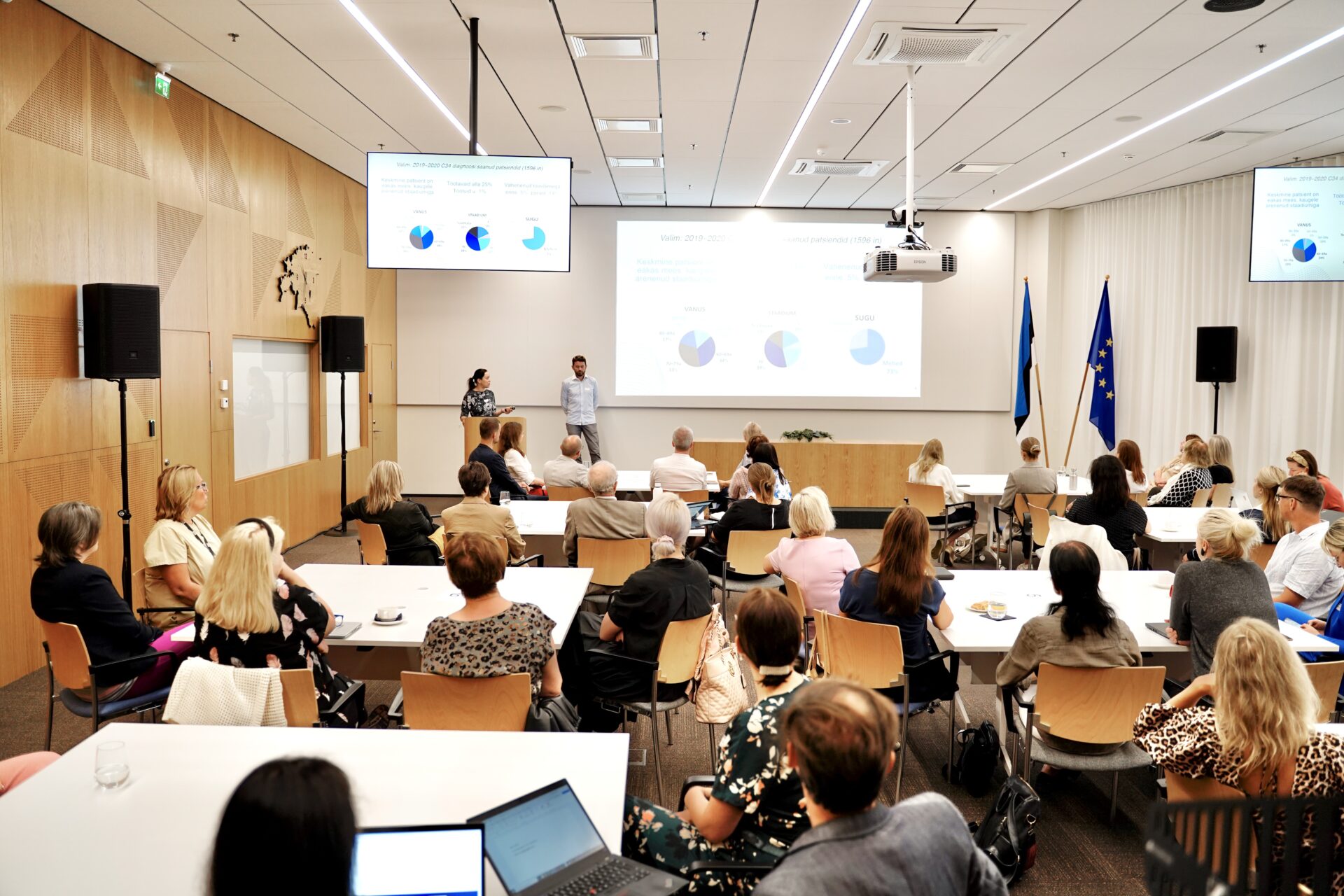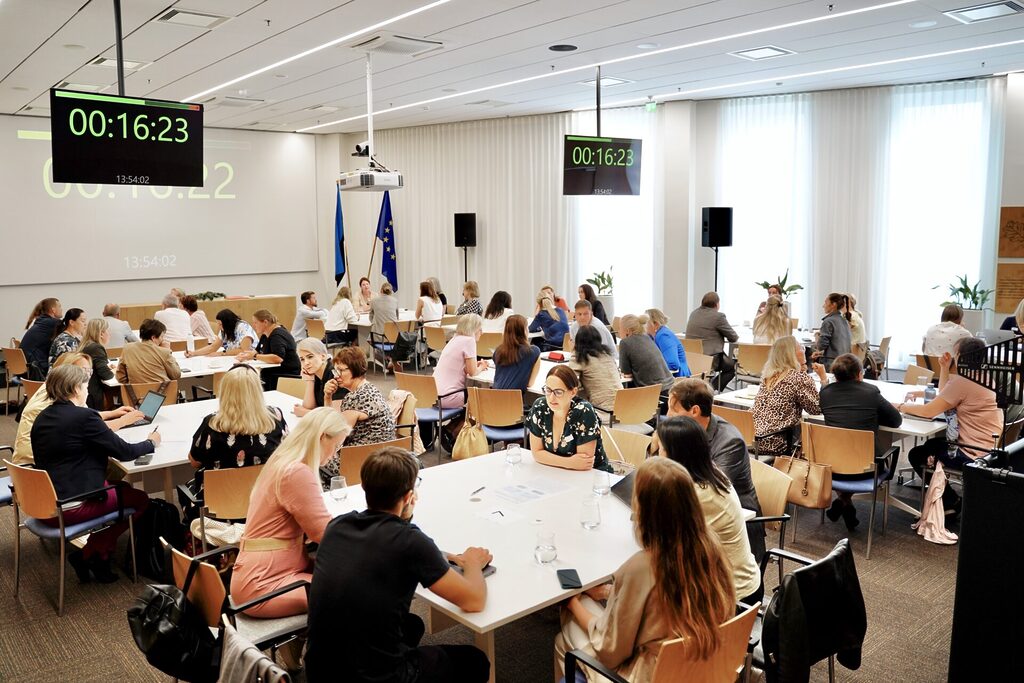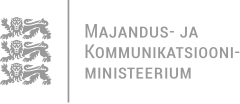03.02.2025
The journey of a lung cancer patient in Estonia: does the system provide sufficient support?

Lung cancer is one of the most deadly types of cancer, and in Estonia, it is often diagnosed at a late stage, making treatment more difficult and reducing patients’ chances of survival. The final report of the Lung cancer patient’s journey project highlights the main challenges in the treatment pathway and proposes solutions to improve patient care.
Currently, the lung cancer patient journey in Estonia is fragmented, and patients often lack access to necessary services and information. The Estonian Cancer Control Plan (2021–2030) emphasises the need for a patient-centred approach to cancer care. The project, which started in 2023, aimed to map out all stages of the patient’s journey—from disease prevention to end-of-life care—and identify ways to make it smoother and more patient-friendly.
Data analysis and service design helped map patient needs
The research component of the project was divided into service design and data analysis. The service design aspect involved mapping the healthcare system, conducting interviews with patients and their families, and synthesising the gathered information within the context of the patient journey. The data analysis focused on the health, social, and employment data of 1,596 patients diagnosed with lung cancer in 2019–2020, supplementing the project’s findings with existing statistical data.
The project was led by Tehnopol and carried out in collaboration with the Ministry of Social Affairs, the Estonian Health Insurance Fund (Tervisekassa), pharmaceutical companies Roche, MSD, AstraZeneca, and Pfizer, as well as academic institutions. The service design aspect was facilitated by Kaarel Mikkin, Kaili Kallas, and J. Margus Klaar from The Brand Manual, as well as Regina Tagger, who conducted the system mapping. The data analysis was led by Mari Teesalu from the Ministry of Social Affairs. The project also involved patients, their families, and healthcare professionals, aiming to understand challenges from multiple perspectives. The most valuable insights for mapping the lung cancer patient journey came directly from patients, their families, and patient organisations.
Key challenges in the patient journey
The project identified several critical findings that highlight where the lung cancer patient journey needs improvement. Early detection remains one of the biggest challenges, as many patients do not seek help from their family doctor early enough or lack regular contact with them. Additionally, many patients’ first interaction with the healthcare system happens in the emergency department (ER), which suggests gaps in the accessibility of primary care. Furthermore, there is no systematic approach to monitoring smoking and e-cigarette use, making it difficult to assess individual risk factors. Many patients also avoid medical check-ups due to concerns about income loss from taking time off work.
The diagnosis stage proved to be the most emotionally difficult and overwhelming for patients. Many struggle to understand their diagnosis because medical terminology is complex, and doctors do not always have the time to explain everything in detail. Receiving an unexpected diagnosis leaves people in uncertainty, fear, and confusion. Additionally, many patients cannot immediately undergo diagnostic tests because they need to reorganise their work and family responsibilities. Since the early symptoms of lung cancer are often non-specific, patients may take a long time to enter the healthcare system, further delaying diagnosis and treatment.
In the treatment and follow-up stage, major issues included a lack of information and limited communication with healthcare professionals. Patients often do not have access to a centralised and reliable information source about their condition and treatment, leading them to search for information from various sources, which can result in misinformation. Access to treatment is also inconsistent across different regions—for example, patients requiring radiation therapy often face longer waiting times.
The project also emphasised the importance of support for caregivers. The motivation and engagement of patients in treatment depend significantly on their support network, yet family members often receive little to no assistance in coping with their new caregiving responsibilities.
The findings also revealed that patients who successfully complete treatment face new challenges. Returning to work can be difficult due to reduced working capacity after treatment. Many patients also disappear from the healthcare system after treatment, as there are no structured follow-up programs or ongoing support services.
The project showed that access to palliative care differs significantly across Estonia. While larger centres have specialised palliative care units, smaller towns and rural areas rely mainly on family doctors and home nurses, which affects the quality and continuity of care. Another issue is that patients in the late stages of cancer increasingly turn to alternative medicine, as they feel that traditional medicine does not fully meet their needs.

What changes would benefit patients the most?
To make the lung cancer patient journey smoother and more efficient, several improvements are needed.
Making the process of waiting for a diagnosis and receiving notifications more patient-friendly.
- Involving support staff (e.g., crisis counsellors, mental health nurses) at the time of diagnosis
- Providing clearer and more understandable information to patients
Creating a reliable and practical information platform
- Establishing a national online portal, where patients and their families can access reliable information about diagnosis, treatment, and support services
Improving communication between healthcare professionals and patients
- Training doctors and nurses to explain diagnoses and treatments in a more accessible way
- Ensuring patients and their families can receive information over multiple consultations, not just at one appointment
Enhancing support services and expanding palliative care availability
- Standardising palliative care services across Estonia to avoid regional disparities
- Increasing home-based support options (e.g., home nurses and social services)
Key lessons and next steps
The project demonstrated that, despite the high standard of lung cancer treatment in Estonia, there are significant gaps in access to information, support for patients and caregivers, and coordination between healthcare and social services. Data analysis confirmed that the typical lung cancer patient diagnosed during the study period was an elderly man whose cancer was already in an advanced stage at the time of diagnosis. Findings also showed that patients diagnosed at a late stage (Stage III and IV, or unknown stage) generate higher healthcare costs for the state compared to those diagnosed early.
It is hoped that the results of this project will serve as a foundation for improving the lung cancer patient journey, ultimately contributing to earlier detection, better treatment outcomes, and greater confidence in the healthcare system. Estonia needs a more patient-centered approach that considers not only the medical aspects of treatment but also the emotional and practical needs of patients throughout their cancer journey.
Read the full report here (in Estonian)
Appendix 1: Data analysis (in Estonian)
Appendix 2: Summary of the lung cancer patient journey design (in Estonian)

















